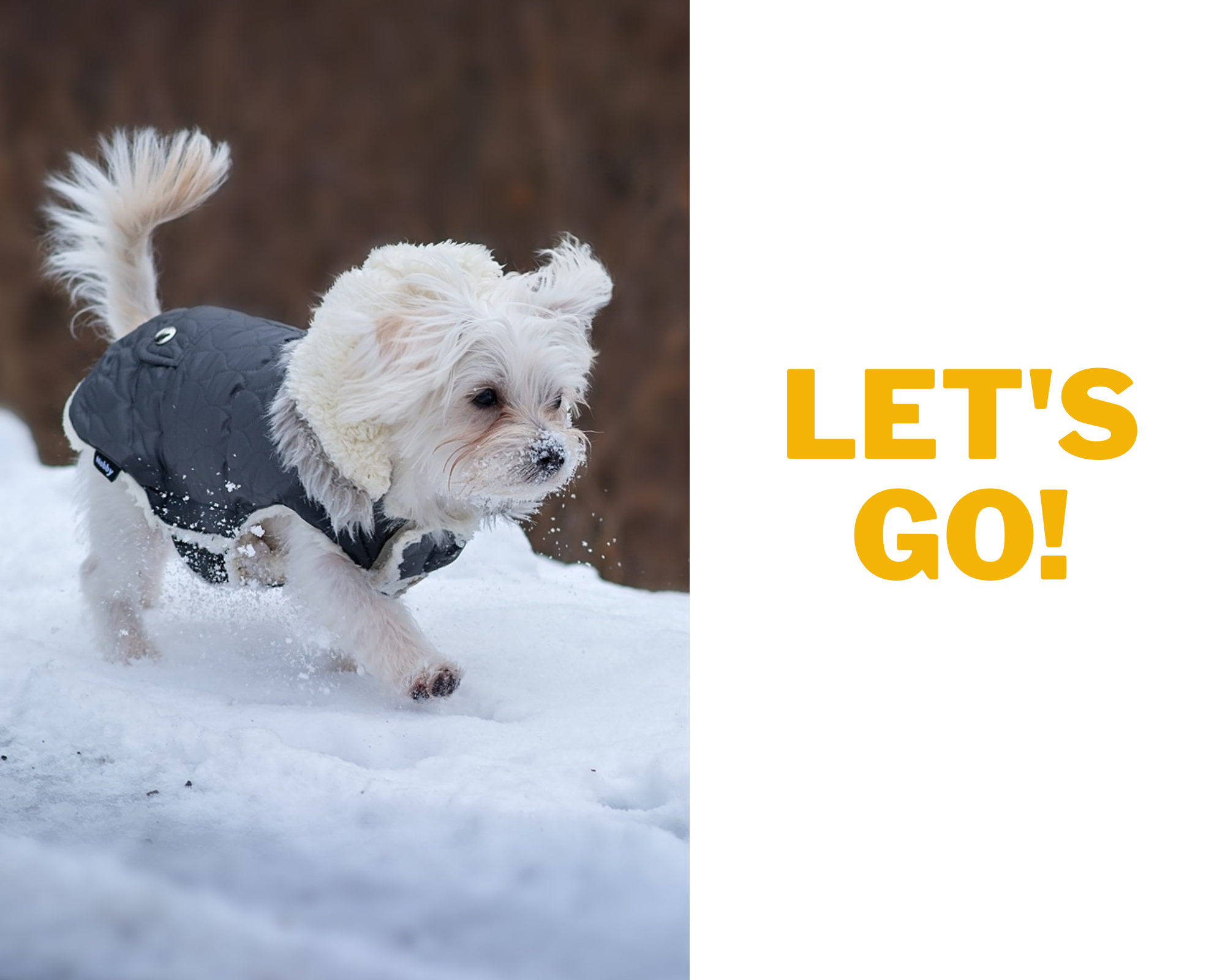1450 Words; 6 Minute Read: In this article on small dogs and dementia,
- we’ll look at new research on how a dog’s size and breed affects aging,
- we’ll discover the surprising way human attitudes can inadvertently speed our pups’ entry into old age, and
- we’ll consider how we can best support our small dogs as they age.
Note: As an Amazon Associate, I may earn a small commission at no cost to you if you purchase products through links on this site. Thank you for supporting my writing and my work!

Understanding Aging in Small Dogs
In Downward Sizing Dog, I devoted an entire chapter to the science behind small dogs and aging.
As I reported there, small dogs possess certain genetic traits linked to their much longer lifespans compared to large canines. Unlike the rest of the mammal world, where smaller creatures generally live much shorter lives, with dogs, the opposite is true.
Small dogs live very long lives compared to big dogs, statistically speaking.
But the story isn’t a simple one. And new research reveals some bad news for those of us with little canine family members: Small dogs and dementia are more linked than previously thought.
The Big Impact of Body Size on Aging
In an October, 2023 peer-reviewed article published in GeroScience, researchers reported a fascinating link between a dog’s size and its aging process. Larger dogs weighing over 66 pounds might show signs of aging earlier, but they decline much less rapidly than smaller pups.
This slower rate of decline means, as a whole, big dogs don’t experience as dramatic behavioral changes in their golden years as their smaller counterparts. As the study aptly points out, “an extended lifespan does not necessarily mean an extended healthspan as well.”
And clearly, as our small dogs age, we’re as concerned about their quality of life as we are their span of life. Perhaps more so.

Small Dogs and Dementia: The Unexpected Findings Connected to Pure Breeds vs. Mixed Breeds
Researchers at the Canine Brain Research Group reported purebred or mixed-breed status showed no substantial difference in behavioral aging.
But, there IS a catch. Purebreds were found to be at a higher risk of developing Canine Cognitive Dysfunction (CCD), a condition akin to dementia.
Of course, no matter your small dog’s heritage, these findings underline the necessity for awareness and proactive healthcare for our pups as they age.

Are We Contributing to the Connection Between Small Dogs and Dementia?
And yet, that awareness requires we also temper our own anticipatory fears. In a finding that surprised researchers, an owner’s perception of when a dog is considered “old” doesn’t match the onset of their dog’s actual age-related decline.
In fact, owners often classify their dogs as “old” starting at around six years of age. That belief occurred irrespective of actual symptoms. The reality, however, is that most small dogs don’t show clinical signs of “being old” until about 10.5 years of age.
That’s a shocking four years where we’re treating our pups differently than we should! Is it possible that our premature attitudes lead to a steeper and earlier mental decline?
This disparity between our beliefs and our pups’ realities underscores the need for increased awareness and education. We must understand more about the natural aging process in dogs to ensure we perceive and treat them in ways that align with their true physical and mental condition.

What We Must Do to Protect Our Small Dogs from Cognitive Decline?
Keeping our small dogs mentally and physically active, as well as properly nourished, can play a significant role in maintaining their cognitive functions as they age.
Here’s a focused list of interventions that may help prevent or delay the onset of dementia in our small pups. As a bonus, much of that interaction will probably help us as well.

Remember, the goal of these ideas is to provide a full, enriched life for our small pups, supporting their mental and physical health.
Yet, we must always tailor activities to our dog’s individual personalities and physical conditions. And, we need to take on these ideas gradually, so we’re not compounding our own stress.
Yes, this new study reveals some unhappy news regarding the connection between small dogs and dementia. Having said that, the news is also good: it will inspire us to engage even more effectively with our pups. That will benefit everyone. So here’s to enjoying happy, healthy golden years with our pint-sized sidekicks.
*Of course, consult with your veterinarian before starting any new regimen.
Shopping Inspiration

This is our absolute favorite snuffle mat. It’s so quick to fill, the options are wonderful and easy to switch up daily, and it washes like a dream.
For more great ideas, visit our Amazon Storefront: The Small Dog Rules.

You’ll Also Love
Leave a Reply
Your email address will not be published.




